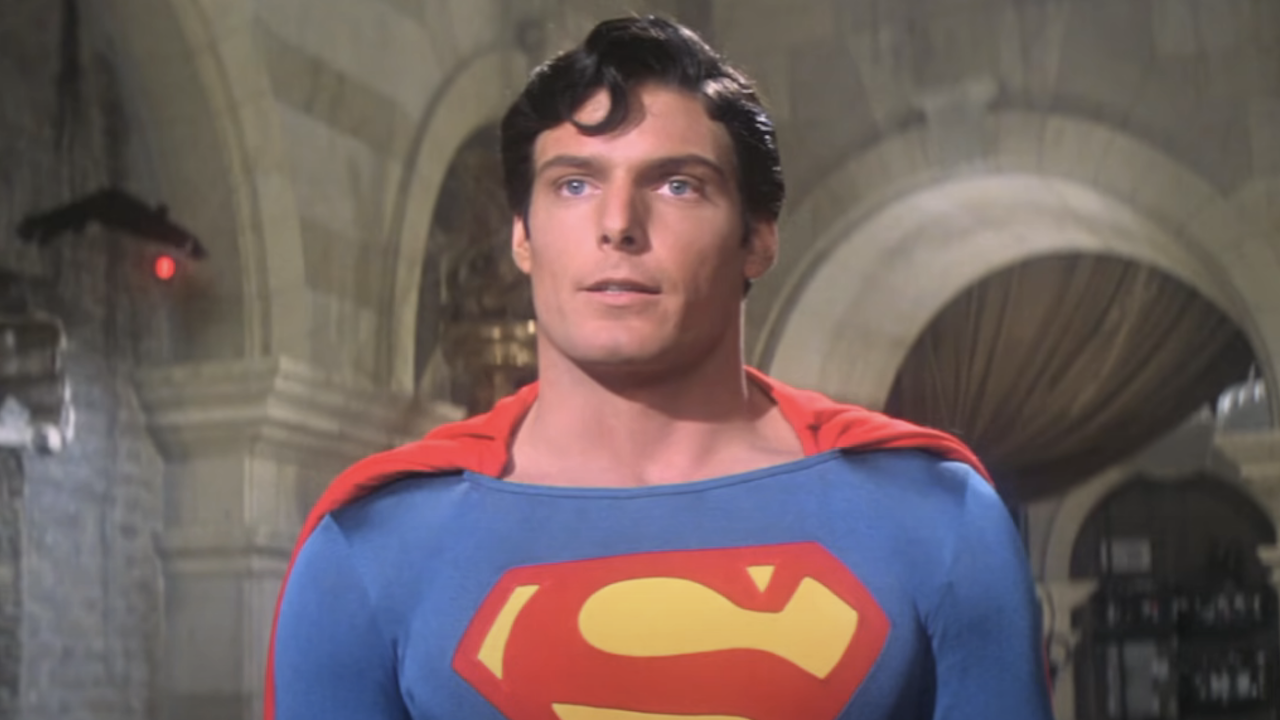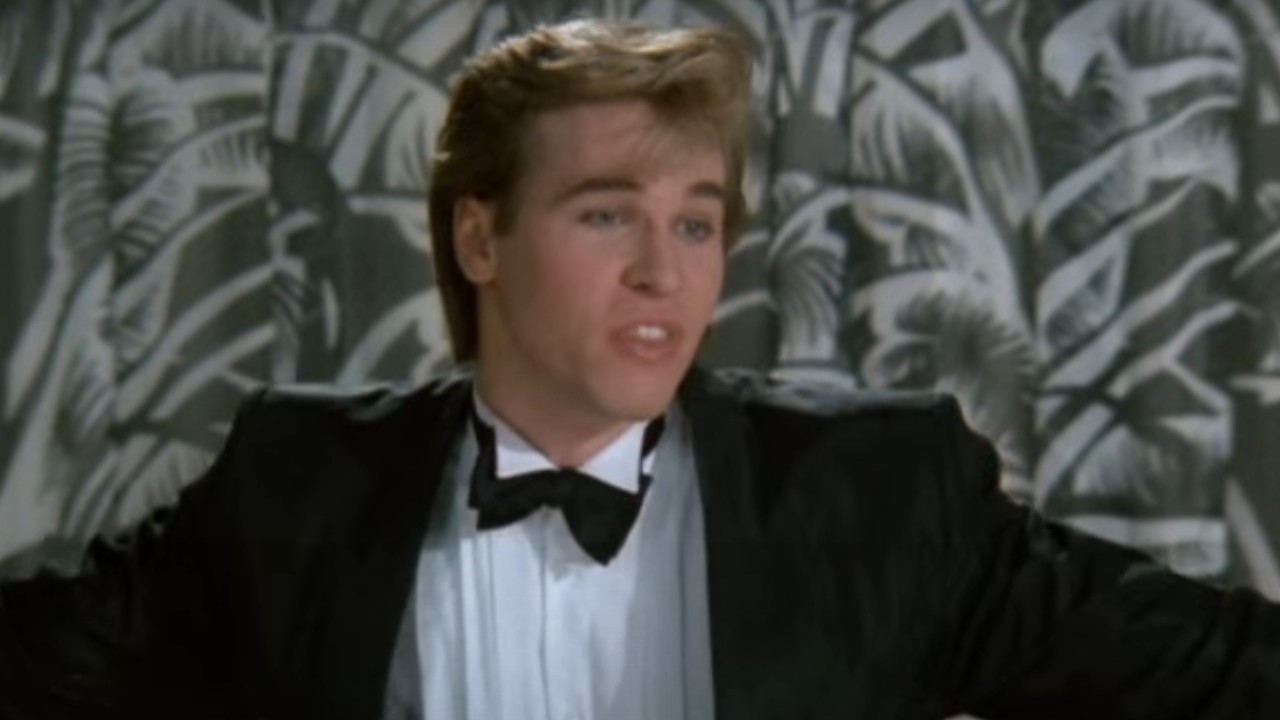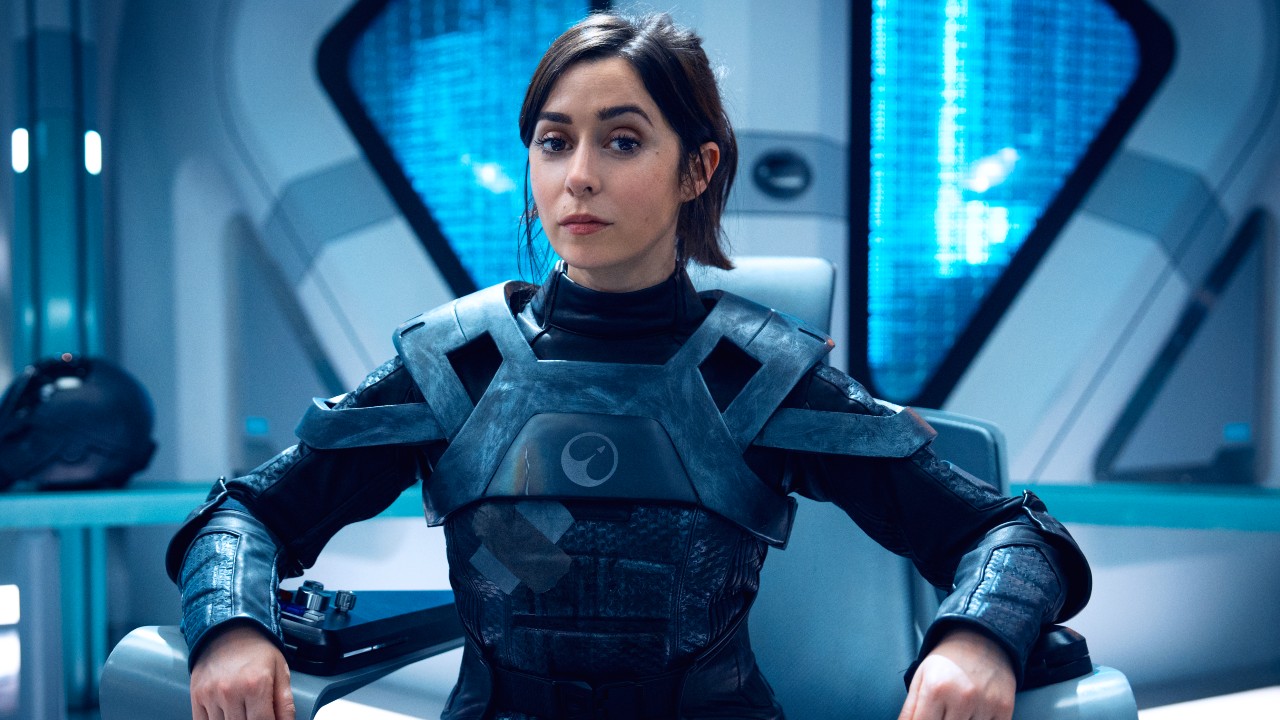Theme Parks Vs. Amusement Parks: What's The Difference, And Why It Matters
Some people use the terms theme park and amusement park interchangeably, but they're not the same thing.
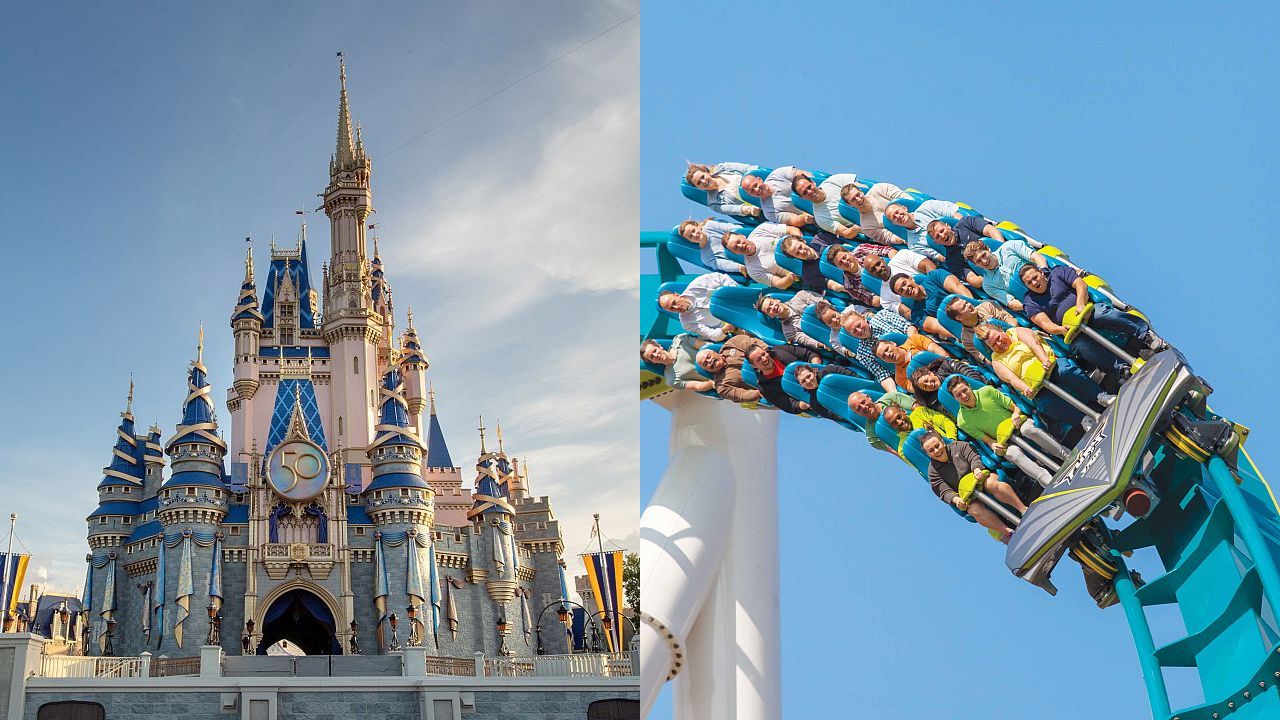
The term theme park was first coined with the opening of Disneyland because the thing that Walt Disney had created was so significantly different from the amusement parks that had pre-dated it, the previous term no longer seemed adequate. Today, we tend to use the terms theme park or amusement park almost interchangeably to describe any location where a collection of attractions are built on a significantly large scale. But do they really describe the same thing?
We call a section here at CinemaBlend, "theme parks," but we also cover amusement park news. There is certainly enough similarity between the two to combine them under one name in some cases. However, the differences between theme parks and amusement parks are more than just semantic. There are real, vital differences between what constitutes a theme park like Disneyland and what is an amusement park, like Magic Mountain. Here are the key differences and why they’re important.
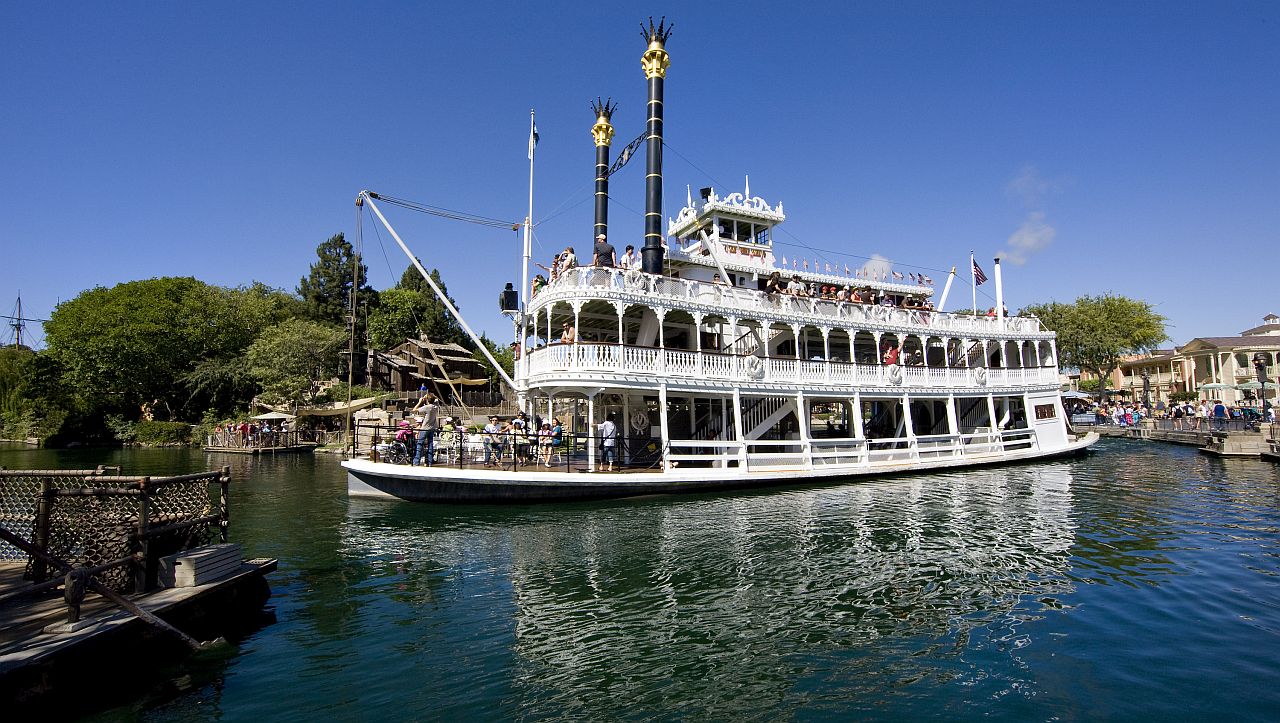
Theme Parks Are About Creating A Sense Of Place
At their core, both theme parks and amusement parks are about giving their guests lots of different attractions to experience, but frequently, this is where amusement parks stop. When you get off a ride, you find yourself simply moving on to the next attraction, and there is usually little, if anything, tying them all together.
By comparison, theme parks are designed to evoke a sense of place wherever you are. At Disneyland, this was done by dividing the park into different lands, with each land being given a different general theme. Today, with lands dedicated to specific IP, like the new Super Nintendo World at Universal Studios Hollywood, this theme is even more specific. This theme helps to determine the attractions that you find in it, but even when you’re simply walking between rides, each area has a distinct look and feel so you always know where you are. Everything from the architecture of the buildings to the landscaping is tied into helping to give the guest a feeling that they could be someplace else.
Most amusement parks don’t have themselves divided up in this way. They may have a dedicated area for some attractions, like rides for small children, but that's about it. There are certainly exceptions, Carowinds' new Aeronautica Landing is an area dedicated to North Carolina's history of flight, but the rest of the park is mostly divided into different areas for organizational, not thematic, reasons.
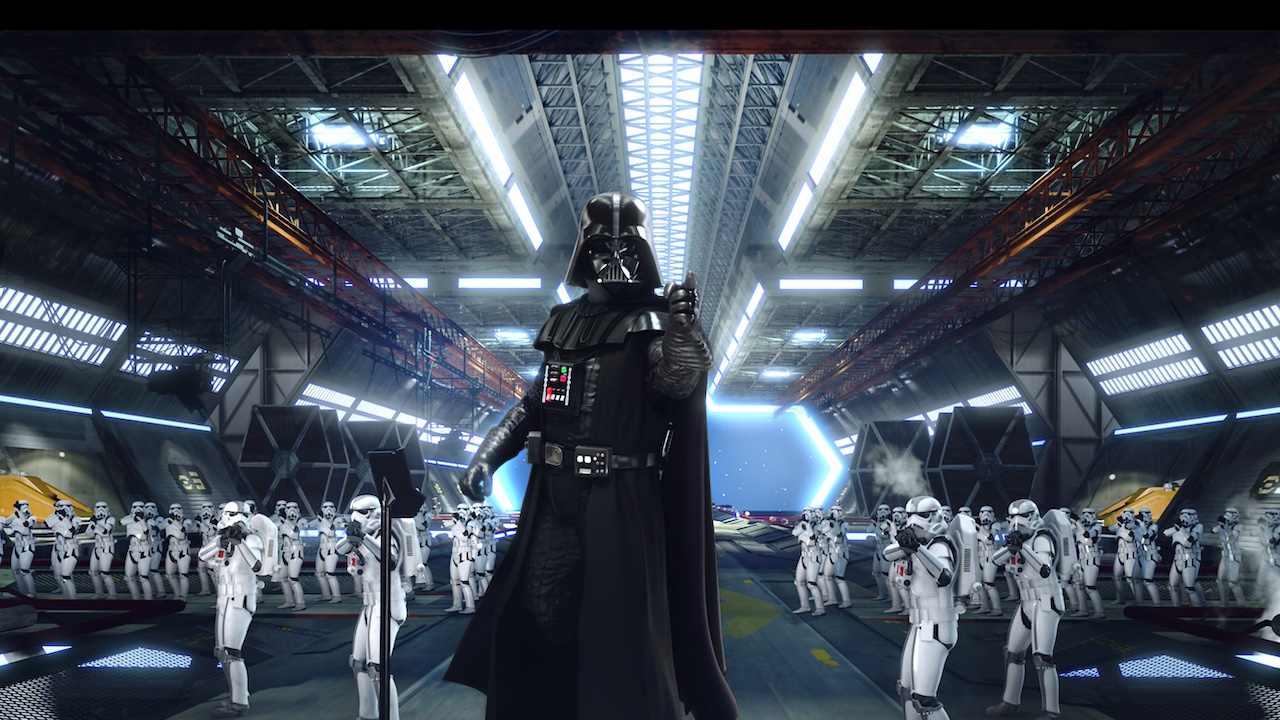
Theme Parks Tell Stories With Their Attractions
The biggest difference between theme and amusement parks comes with the individual attractions themselves. You’ll find many of the same sorts of experiences at both places - roller coasters, carousels, boat rides, maybe a log flume - but it’s what exists around the experience itself that’s truly different.
Theme park rides tell stories. This is most traditionally done through the dark ride, where a guest is put in a ride vehicle and literally taken on a path through a linear story. This ride design itself could almost define a theme park. Any place that considers itself a theme park basically has to have them in some form, and they are actually quite rare anywhere else.
CINEMABLEND NEWSLETTER
Your Daily Blend of Entertainment News
But, even something like a roller coaster will be a very different experience between a theme park and an amusement park. At Universal’s Islands of Adventure, you can ride Hagrid’s Magical Creatures Motorbike Adventure, which sends you on a wild ride through the world of Harry Potter, with the ride framed as a class being taught by Hagrid. Even attractions not specifically tied to popular IP still tell stories. Big Bear Mountain, the new roller coaster at Dollywood is all about the hunt for the elusive Big Bear, a massive black bear bigger than any seen before, with the queue area designed to resemble an expedition’s basecamp and the ride itself designed to be the hunt.
By comparison, you might ride a roller coaster at a Six Flags park that is named after Wonder Woman or Batman, but it isn’t telling a specific story. You're not going on an adventure alongside Batman, you're just riding a roller coaster named after him, which might be painted a certain color or include other aesthetic decisions that simply remind you of the character.
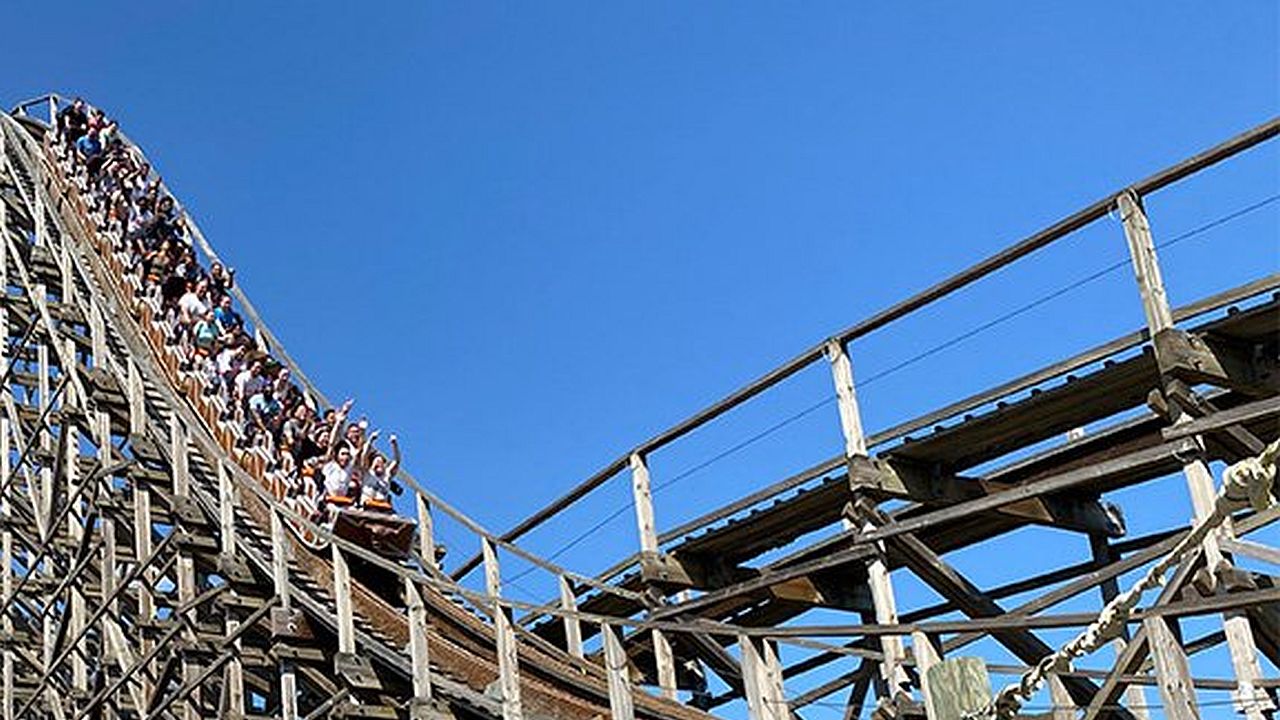
Amusement Parks Tend To Be Thrill Ride Focused
Because theme parks tend to focus on telling stories, attractions tend to connect with guests through emotion. Without those stories, amusement parks often look to connect with guests through motion rather than emotion. While you’ll almost certainly find at least one roller coaster at any park, you're unlikely to find the biggest, best, or most, of them at theme parks.
There’s almost a roller coaster arms race happening among many amusement parks in the world. Simply building new coasters isn’t enough, the new coasters have to be record-setting experiences; the tallest, longest, or fastest ever built. For places like Cedar Point or Magic Mountain, the sheer number of coasters is the primary selling point to guests.
To be sure, theme parks can have great coasters. Universal Orlando’s Jurassic World Velocicoaster is seen by many as one of the great new roller coasters in the last few years, but most theme park roller coasters are as fun as they are because of the story that they are telling. Space Mountain at Disneyland is nearly 50 years old and, from a technical level, is far from state of the art, but the feeling of blasting through space that some simple projections and a synchronized soundtrack help create is hard for any ride to beat.
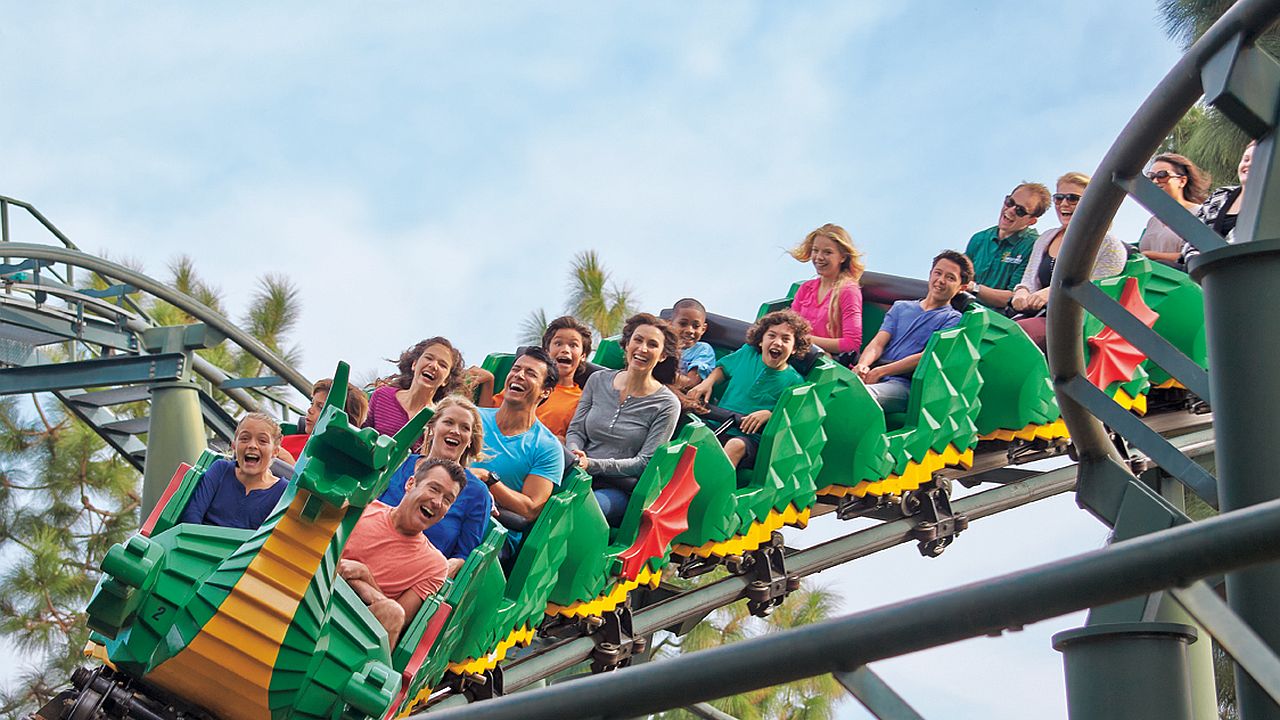
Theme Parks And Amusement Parks Are Different Experiences For Different Types Of Guests
Theme parks and amusement parks are, in the end, just a collection of fun attractions in one place for people to experience, but it’s how these attractions are designed and presented that sets them apart from each other. Amusement parks want to give you experiences, theme parks want to tell you stories.
Neither of these things are inherently better than the other. Most of us probably love both and might prefer one over the other at different times, depending on our mood. The thing is that it’s important to understand which parks are which, because it will help set your expectations based on the type of place you’re visiting.
Does it really matter if you call Disneyland an amusement park? No, it doesn't. But those working at the parks will usually use the correct language when describing it, and so clearly it matters to them. Depending on just what sort of experience you're looking for, it will matter to you, as well.
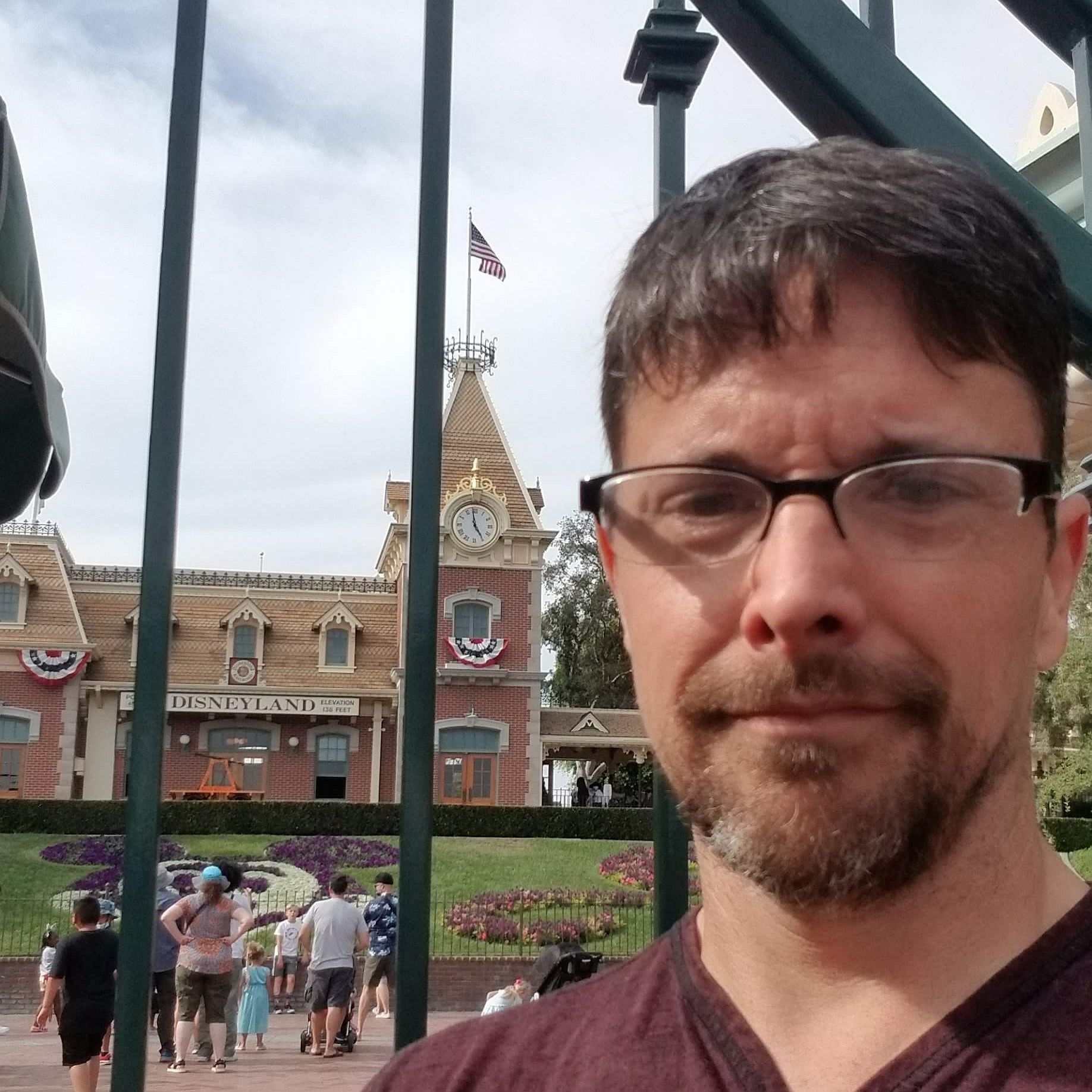
CinemaBlend’s resident theme park junkie and amateur Disney historian, Dirk began writing for CinemaBlend as a freelancer in 2015 before joining the site full-time in 2018. He has previously held positions as a Staff Writer and Games Editor, but has more recently transformed his true passion into his job as the head of the site's Theme Park section. He has previously done freelance work for various gaming and technology sites. Prior to starting his second career as a writer he worked for 12 years in sales for various companies within the consumer electronics industry. He has a degree in political science from the University of California, Davis. Is an armchair Imagineer, Epcot Stan, Future Club 33 Member.
